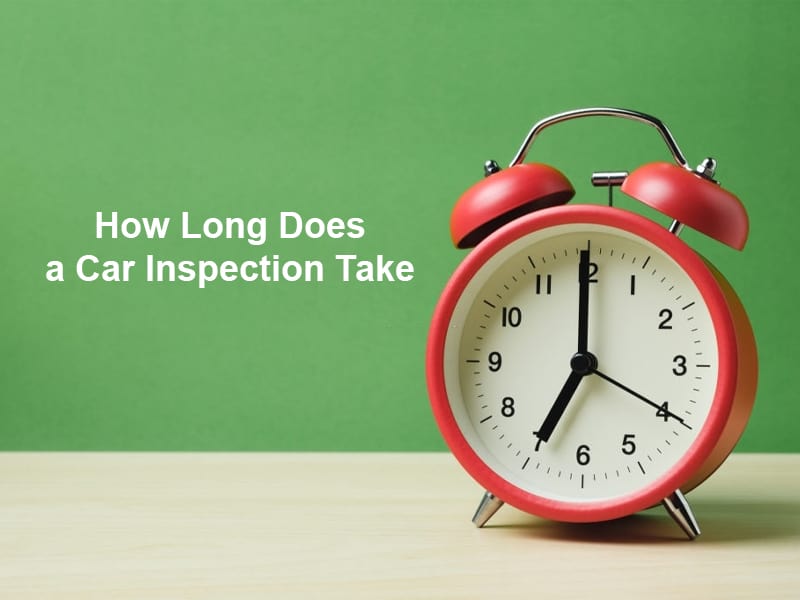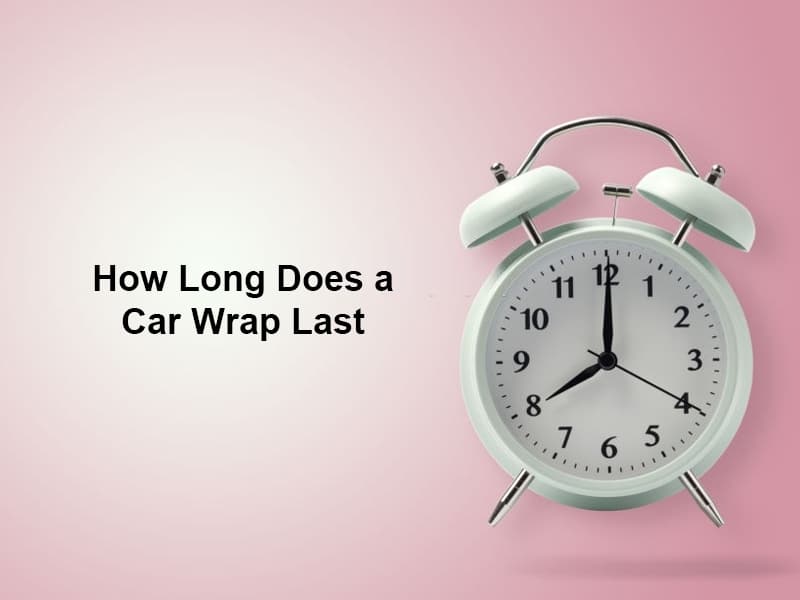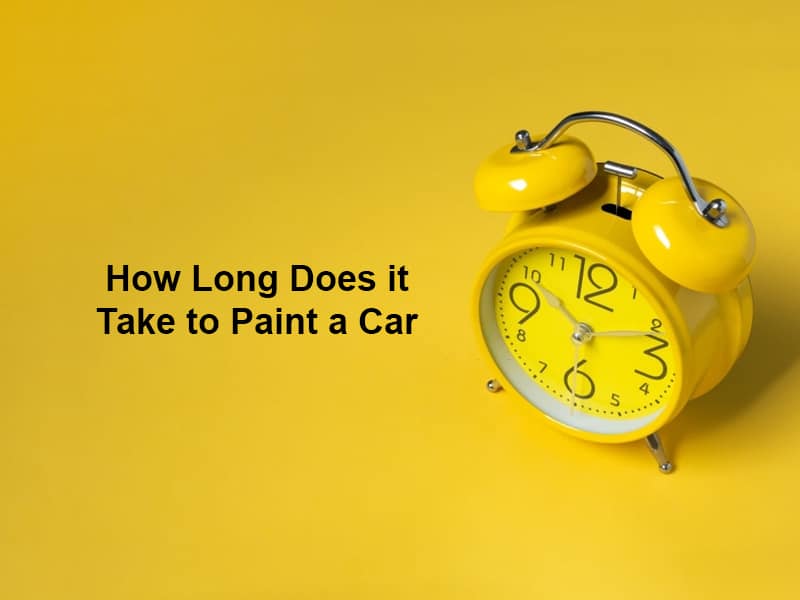Exact Answer: 50 years
Modular houses became popular in the 1950s. There was no time for months of regular construction after Wartime. That’s when modular construction made its debut, and the industry hasn’t looked back since.
A modular home is constructed in a factory section by section. These modules are then delivered to the construction site, where they are placed on top of a pre-made foundation and linked together by a builder to make the finished building. Factory-built, system-built, and prefab homes are all terms used to describe these homes.

How Long Do Modular Homes Last?
| Types of homes | Lasts for |
| Modular homes | 50 years |
| Manufactured homes | 30 to 55 years |
The length of time it takes to build a modular home is determined by several factors. The degree to which the modules are customized is an essential variable. If you opt to build a fully personalized modular home with the help of a designer or architect, it may take longer.
A modular home, when placed properly, can endure just as long as a traditional home built on a construction site. Modular homes built to HUD standards can endure up to 50 years. However, if properly maintained, these prefabricated dwellings can survive much longer. Furthermore, because the modular home construction process is always improving, the more modern the home is, the longer it may last.
The following are some of the factors that influence how long modular homes last:
- Material quality – The quality of the materials used in the construction of a home has a significant impact on its lifespan. There are two things to think about. The first is material selection. There are numerous solutions available, and the proper professional can assist you in selecting the best one for your needs. The second consideration is the material quality. The better the materials, the longer they will last.
- Capacity to Endure the Elements – Severe weather events such as tornadoes and hurricanes can cause damage to any structure, regardless of its location or construction method. Modular homes must already be transported in their entirety from the factory to the location where they will be erected. As a result, modular homes are built to endure a strong and continuous wind for at least several hours.
- Maintenance is a key component in determining how long your modular home will survive. Without adequate maintenance, a home will deteriorate quickly. In this case, prefabricated dwellings are no different. The modular home will endure longer if the proper maintenance tasks are performed during each season.
The affordability, material quality, speed of construction, energy efficiency, and safety of a modular home are just a few of the advantages of this style of dwelling. You’re selecting superior living for future generations when you choose a modular house.
Why Does Modular Homes Last For So Long?
The metal frame is commonly used in the construction of modular homes, making them extremely robust. Metal-framed structures last longer than wood-framed structures.
The majority of prefabricated modular homes are made of aluminum or steel. Aluminum is lightweight, but it rusts when exposed to moisture for long periods. Steel prefabs are far more durable and do not corrode. In addition, they are heavier than aluminum prefabs. Steel prefabs are more expensive than aluminum prefabs. Steel prefabs, on the other hand, necessitate more trained personnel and greater overhead costs.
A modular home’s lifespan can be shortened by several issues, including:
- Damage and Pull – Damage It is a factor that affects the lifespan of prefabricated houses. The longer a prefabricated home is left unoccupied, the more likely it is to be damaged.
- Government Regulation – If your state or local government has prefabricated house regulations, you may be required to follow them. You might find that building your own home is less expensive than paying extra fees to a prefabricated vendor.
- Obsolete-New construction codes may make early designs useless in some situations. Newer design standards may become available in other circumstances. Prefabricated modular dwellings must be able to adapt to changing conditions at all times.
- Weather – Modular homes must be constructed in controlled environments. For example, if a home is being built in a region with a lot of snow, it may not be possible to complete the project until the spring.
- Visual appeal – While some people favor modern architecture, others prefer Victorian architecture. Some people prefer a one-story home, while others prefer a two-story home. Taking visual appeal into account while choosing a prefabricated module.
Conclusion
Professionals develop innovative methods of creating and assembling modular homes daily. In the previous few years, modern modular homes have progressed. Modular home producers may now compete with traditional stick-built homes by improving quality and design.
A modular home is not the same as a mobile home; it is a house that is constructed off-site. A factory-built modular home takes a few weeks to complete. Fully assembling those components when transferred to a permanent location takes around three days.




















